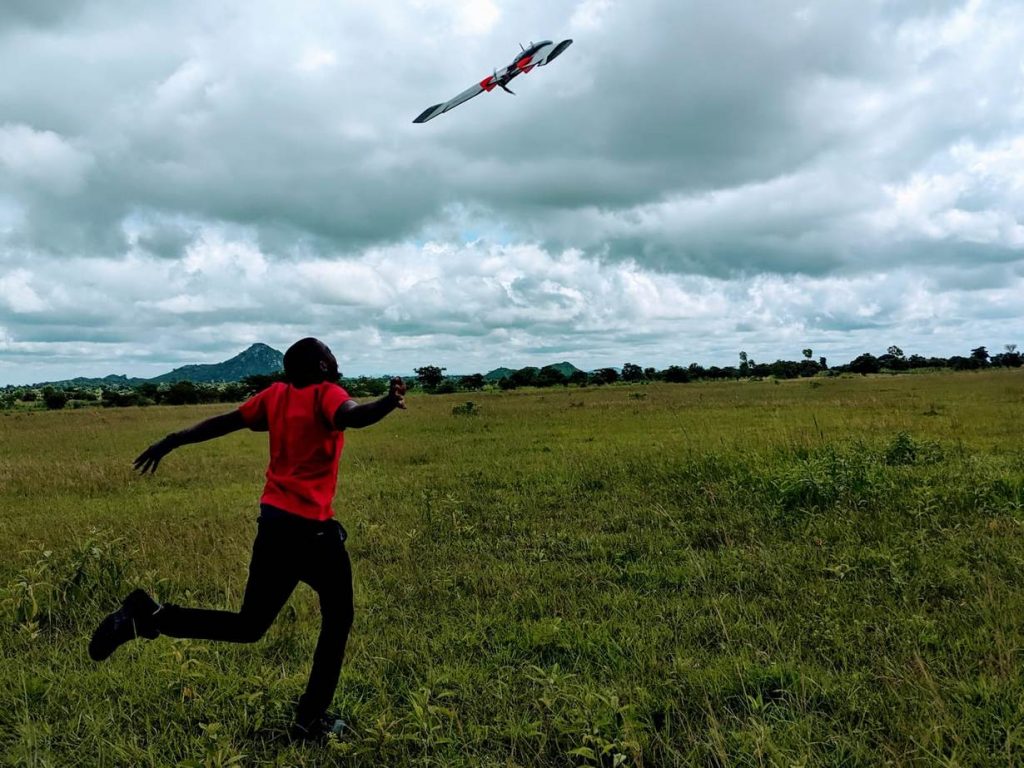HONOR has officially opened pre-orders for its much-anticipated HONOR 400 and HONOR 400 Pro smartphones in South Africa — ushering in a bold new…
How agritech can be game-changer in your agribusiness

Technology continues to transform industries globally as the trend towards digitising operations to enhance efficiency continues. According to Oxford Business Group’s Agriculture Africa Report 2021, the sector contributes around 15% of the continent’s GDP and employs a significant amount of people.
Estelle Lubbe, co-founder and CXO of The Awareness Company, believes technology can play a significant role in streamlining agricultural operations across the value chain to enable efficiencies, maximise yields and contribute to food security on the continent, but there are several considerations to take into account.
“There are some very important questions that an agricultural business must answer before procuring technology,” she says.
“It is important to first determine whether your farming business is ready for technology and what your technology strategy is. It is also important to have a clear idea of what you would like to improve with the technology, whether you have the budget and how this will disrupt your business. Equally important is to ensure that you have overall buy-in from all the decision-makers of your business, otherwise, you are setting yourself up for failure.”
Another key consideration is whether you have a good, stable internet connection on your farm.
“Most technology today the internet in some way, whether it is to operate or analyse the data generated by the technology, therefore connectivity is imperative to the success of next-generation agriculture technologies, regardless of whether your goal is to increase productivity, increase your processes, reduce your input, improve access to market or a combination of these,” says Lubbe.

“Here I am particularly referring to low power wide areas (LP-WAN) networks such as LoRA and Sigfox, because these allow sensors to send tiny packages of information frequently and the batteries used in these devices can easily last for years, making them excellent for agricultural use cases.
“That said, these networks and devices have pros and cons of their own, therefore it is important to consider future technology plans, including what devices you may deploy in time and whether you can access them on your mobile phone before investing in rolling out one of these networks to ensure that you get the most return on your investment. In an ideal world, you would want a combination of one of these and a GSM network to ensure that you can choose the best device to solve your problem.”
She adds that the farm might also require electricity for the solutions depending on what type of solution is deployed, which means they would need to consider the different options around available solar or generators and keep future maintenance requirements in mind, planning for those accordingly as well as take the security of the equipment into account.
Agritech deployment
“The next big part of your AgriTech deployment is the adoption of both the technology and the processes that come with it. It is important to understand what type of skills will be required and upskill your employees, giving them insight into the value the technology will bring to the farm and, in turn, to them. This will increase your chances of success and return on investment,” says Lubbe.
It can be difficult to determine the return on investment (ROI), which is why setting goals and objectives upfront is crucial.
“You need metrics that can be accurately measured such as process and employee efficiency, crop quality improvement, money and time savings, how long you will benefit from the technology and increasing your environmental sustainability as a farm through reduced water consumption,” she says.
The costliest mistakes made in the process of procuring AgriTech lie in not doing adequate research, therefore the initial research is imperative. “Once you have identified the outputs you are after and determined your ROI goals, it becomes a lot easier to identify potential solutions and service providers,” says Lubbe.
“Ask for demonstrations and testimonials, so that you can understand the technical capabilities of your suppliers, and check that you will have access to local support for any hardware and software you implement. Ensure the technology is simple enough to use so that it doesn’t detract from your core business and make sure any peripherals required, such as replacement batteries are readily available and at what cost.
“Start small and scale from there and ask for advice from your peers,” concludes Lubbe. “Test the technology you would like to deploy on one or two use cases and build on it from there. You might also think your problem is very linear and unique, but the chances are that someone else has also encountered the same problem.
“Also, ask the technology companies that you are engaging with for advice. The chances are that even if their solutions do not solve your problem directly, they can give you a third-party perspective and point you in the right direction to find the most suitable solution.”
ALSO READ: Naspers invests $2.5m. in fresh produce start-up Nile

